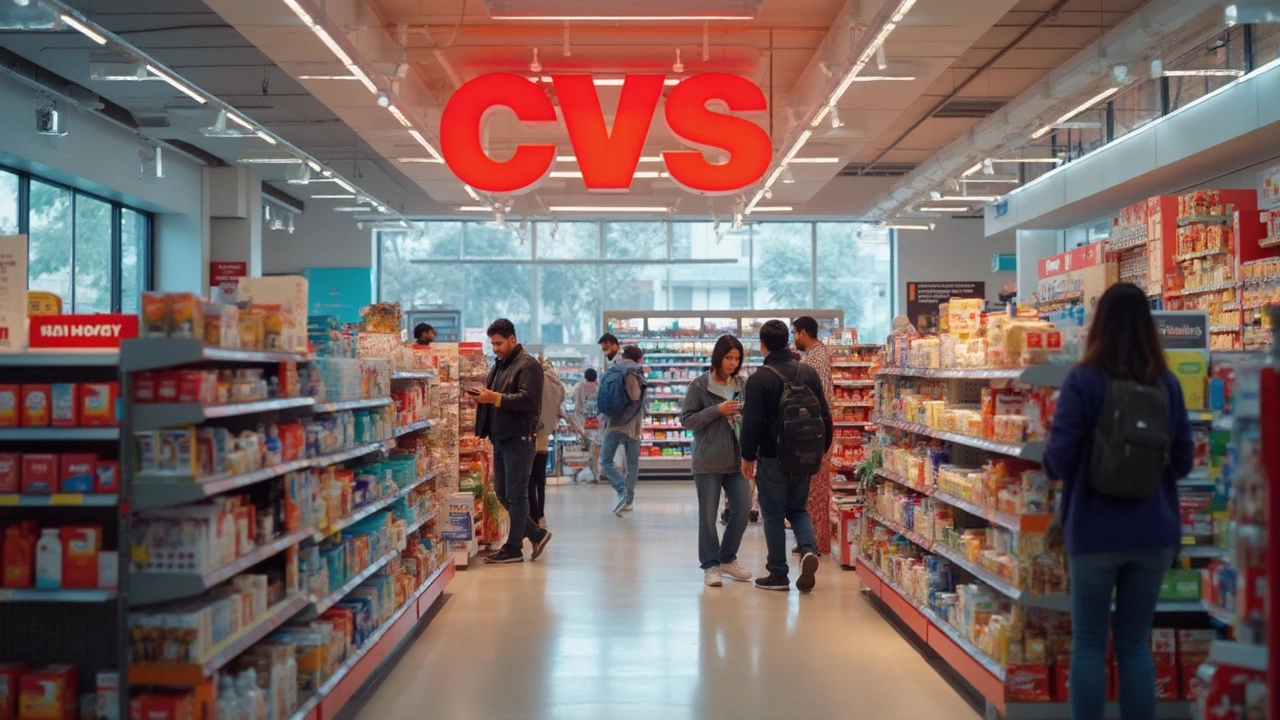Pharmacy in India: Online Services, Prescription Rules, and How to Save Money
When you need medicine, pharmacy, a place where prescriptions are filled and medications are dispensed under professional oversight. Also known as drugstore, it’s no longer just the corner shop with a white coat behind the counter. Today, pharmacy includes digital platforms, home delivery, and strict medical checks—all part of how India’s healthcare system is changing. Whether you’re picking up diabetes meds, ordering insulin online, or wondering why your A1C matters for getting Ozempic, the rules have shifted. Pharmacies now work with telehealth services, insurance systems, and even AI-driven checks to make sure you get the right drug at the right time.
Behind every pill you order online is a chain of systems: online prescription service, a digital platform that lets doctors send prescriptions electronically to pharmacies for fulfillment, mail-order pharmacy, a service that ships medications directly to your home, often for chronic conditions, and Ozempic prescription, a weight-loss and diabetes drug that requires specific medical criteria before it can be approved. These aren’t just buzzwords—they’re real parts of daily life for millions. If you’re on a long-term medication, you’ve probably dealt with delivery delays, insurance denials, or confusing price tags. And if you’re trying to get Ozempic, you need to know your A1C number isn’t just a lab result—it’s your ticket in. Pharmacies can’t just hand it out; they’re bound by 2025 guidelines that tie access to medical history, not just desire.
Then there’s the cost. Why does CVS pharmacy, a major U.S.-based chain with growing presence in India’s digital pharmacy space feel so expensive? It’s not just about brand name. Operating costs, location, convenience fees, and how they negotiate with drug manufacturers all play a part. You don’t need to pay more just because it’s CVS. There are ways to compare prices, use generic versions, or switch to mail-order for savings—without risking safety.
This collection doesn’t just list options. It shows you what’s actually happening on the ground: how prescriptions travel from doctor to door, what hidden traps come with home delivery, and how to talk to your doctor so you don’t get turned down for Ozempic. You’ll see why some online pharmacies are trustworthy and others aren’t. You’ll learn what numbers matter, what delays are normal, and where you can cut costs without cutting corners. These aren’t theory pieces—they’re real stories from people who’ve been there. What you’ll find below is the practical guide you wish you had before you clicked ‘order’.
Best Online Prescription Service 2025: Top Picks & How to Choose
Discover the top online prescription services in India for 2025, learn key evaluation criteria, compare features, and get a step‑by‑step guide to pick the right platform for your health needs.
read moreMail-Order Pharmacies: What Could Go Wrong?
Mail-order pharmacies sound super convenient, but there’s more to the story than just home delivery. This article breaks down hidden challenges like delivery delays, safety concerns, and insurance hassles. You’ll get helpful answers if you’re thinking of switching to online refills. We’ll share tips to sidestep the usual pitfalls. Everything is laid out simply—no jargon, just what you need to know to make a smart choice.
read moreWhat Does Your A1C Need to Be to Get Ozempic? Straight Answers for Real People
Getting Ozempic isn’t just about wanting to lose weight—it hinges on your A1C and medical history. This article clears up the exact A1C threshold doctors look for before prescribing Ozempic. We’ll unpack how A1C is measured, what it means for diabetes risk, and why pharmacies have to be strict. Plus, you’ll get tips for talking with your doctor and what to expect if you’re trying to get Ozempic through an online pharmacy. Everything’s upfront, easy to understand, and based on the latest 2025 standards.
read moreWhy Is CVS Pharmacy So Expensive?
CVS Pharmacy is often considered expensive, leading customers to wonder why this is the case. The article explains the factors that contribute to the high prices, including brand value, convenience, and operating costs. It explores the competitive landscape of pharmacies and how CVS differentiates itself. Tips are offered for consumers to save money on prescriptions and make informed choices.
read more



